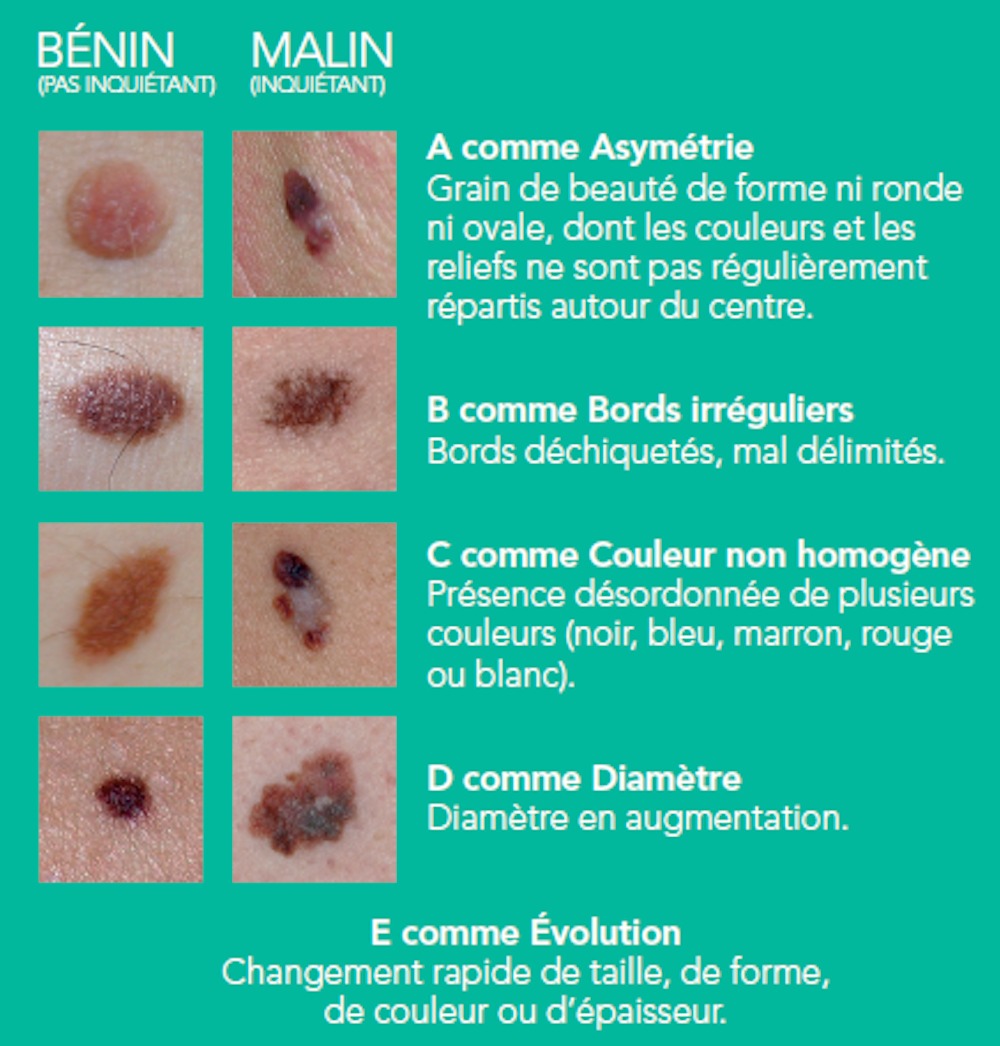Published on
Updated
Reading 2 min.
The British media announced the news yesterday, Monday January 22: less than a year after her breast cancer, Sarah Ferguson, ex-wife of Prince Andrew, would suffer from melanoma, a skin cancer.
The year 2024 begins with the sign of health and care among our British neighbors. After the announcement of the hospitalization of Princess Kate Middleton, and of the benign prostatic hypertrophy of King Charles III, another member of the royal family also gives news of his health: the Duchess of York Sarah Ferguson, former wife of Prince Andrew, has been diagnosed with skin cancer.
Cancer detected during a dermatological examination
According to Sarah Ferguson’s spokesperson who alerted the media, the melanoma was detected after she had several moles removed. However, it would be a cancer caught in time, the early stage of which must be confirmed by additional examinations.
Far from being diminished by this announcement, on Instagram, the duchess expressed a fighting spirit in the face of this new ordeal: “I took some time for myself because I was diagnosed with melanoma (…) It is thanks to the great vigilance of my dermatologist that the melanoma was detected in time”writes the celebrity in a post, where she thanks the medical teams.
Sarah Ferguson is unfortunately not her first fight against cancer. About 6 months ago, a routine mammogram revealed an early form of cancer. The Duchess had undergone a mastectomy followed by an eight-hour reconstruction.
The ABCDE method you need to know to detect melanoma
Through her experience, Sarah Ferguson intends to highlight prevention and in particular the fact of being attentive to the signs, and continuing to observe your body: “I believe my experience highlights the importance of checking the size, shape, color, texture and appearance of new moles that may be a sign of melanoma, and I urge everyone reading these lines to be diligent” she writes.
The method she talks about even has an easy-to-remember name, the ABCDE score which allows you to form a first opinion on a suspicious mole, each letter should remind you of an element to note:
- A for asymmetry of the skin lesion;
- B for edges, if these are irregular, this is a reason for consultation. ;
- C for color. Is the mole made up of two different colors? ;
- D for diameter, does it exceed 6 mm? ;
- E for the evolution of the lesion. Have you noticed any change in the mole?

If one or more of the elements of this score raise questions for you, it is better to consult a health professional for a more precise diagnosis.
Do not hesitate to consult
As the National Cancer Institute states, “If you have risk factors for skin cancer or spot a suspicious spot, consult your doctor. He will refer you to a dermatologist if necessary.
THE dermatologist is the expert to carry out the clinical examination of the skin, confirm or not a suspicion of cancer and remove a suspicious lesion if he considers it necessary. It also assesses how often you should monitor or have your skin monitored.
For people considered at risk, it is generally recommended to have an examination at least once a year and to perform a self-examination every three months.“.
